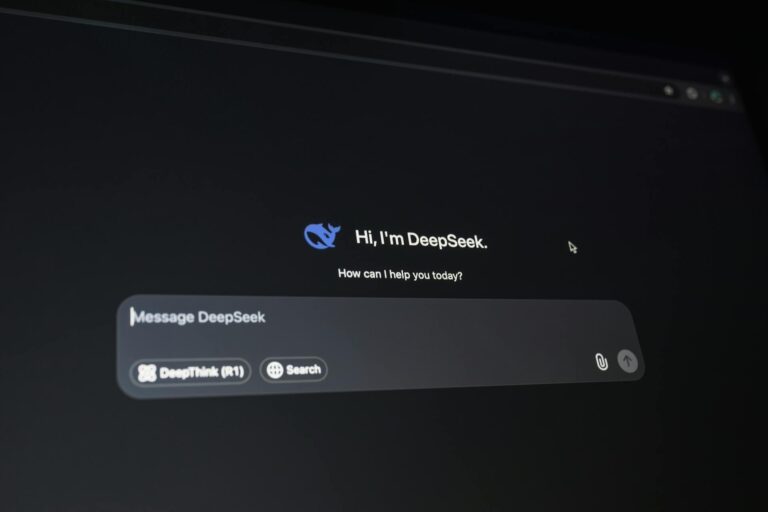
As data complexities increase at a rapid rate, businesses are facing bigger challenges. It’s been estimated that more 80% of data will be unstructured over the next five years, and the total amount of worldwide data will reach 163 zettabytes.
While this is a massive number and there are certainly many challenges and hurdles businesses need to overcome, it’s also a situation abundant in data opportunity. All of which means it is critical for businesses, big and small, to have better access to, and a better understanding of, data if they wish to succeed.
At CGI we firmly believe that by using the four Vs of data, organisations will be in a better position to use data and differentiate themselves, creating a roadmap driving them quarter by quarter to their desired outcomes.

What are the four Vs?
I first want to caveat the Four Vs of data by highlighting that data complexity is by its very nature complex, meaning it can be difficult to understand. At CGI we believe the first thing you need to do is break it down. As a business, you need to work out and develop what it is you want your data to achieve. Once you know how you want to exploit your data, you can then begin to build the desired roadmap and start the journey to success.
Once this value is established, then can you use the four Vs to break down the exact complexity and develop your plan.
Volume: The IDC predicts that the total worldwide data will swell to 163ZB by 2025. To put it into context, that is 10 times the amount it is today. That’s an incredible jump in a short moment of time and indicates that the level of data you as a business will have will, in turn, will continue to increase and build on itself.
Velocity: Customer needs and expectation, combined with digitalisation, has led to the growing number of sensors and devices. This, in turn, has created greater requirements to handle a large amount of real-time streaming data.
Variety: In the next five years, more than 80% of data will be unstructured. This trend will only continue to increase at an incredibly rapid pace as it’s led by sensors, smart devices and content-based data. All of which are continuing to grow in what they collect and where they exist.
Veracity: One of the biggest issues facing the tech industries is a lack of trust in data. Research has revealed that one in three business leaders don’t trust their data. What’s more, poor data quality is expensive, it’s assumed that it’s cost the US economy a staggering $3.1 trillion annually. Making sure your data is reliable and of high quality not only benefits your analytics but can save you money.
How to use the four Vs
While I’ve outlined what the four Vs are, you may be wondering why you need to be aware of these factors, and that is simpler to explain.
The continuing change in customer expectations means it’s no longer a choice to be data-driven as a business. If you want to be relevant, if you want to be cutting edge, if you want to be competitive, you need to use data smartly and efficiently.
In a world of seven billion people, five billion of them use mobile devices – 60% of which are smartphones. This means chances are your customer base is made up of digitally native users who understand technology more than any other generation before. And with the rise in millennials and Gen Z – perhaps the first genuinely digitally native generation ever – they expect a personalised product or service, specifically tailored to their needs.
Once you know how you want to exploit your data, you can then begin to build the desired roadmap and start the journey to success
Being able to effectively use the data you have as a company, in a way that allows you to provide a personal service will give you a competitive edge now – but it will also be standard practice in the future. We tell all clients that implementing a data-driven practice now means that in five-years-time what you’re offering is a streamlined, efficient and more productive service. Like the adage says, if you can’t be first, don’t be last.
There is no denying that this can be a daunting experience. However, emerging technologies like big data, machine learning and AI all play an integral part in advanced analytics. It represents a genuine opportunity for organisations to differentiate themselves now and get familiar with something complex before everyone else.
Inspiration
There are plenty of tech giants out there leading the way, who serve as excellent examples for inspiration.
Amazon and Netflix, for instance, are the biggest names that jump to mind in this instance. They are renowned for being businesses who use data to drive customer experience. There is a reason why your Netflix account looks entirely different to your friends and loved ones. Even subscribers with several accounts on their system for different people will look different. This is because the data Netflix gathers from its users is used to drive what they promote and how they promote it.
What seems like a unique offering to you, is the same programmes and films on offer to everyone else, but the personal touch of preference means when you log on you can access what you want almost immediately.
With time and careful evaluation, any business can achieve similar results. You have to understand your customer base and provide something that seems unique and personal to them to keep them engaged.
Agility at the heart
When we’re advising clients on how to achieve this and recognise the four Vs to use data to drive an experience, product or service, we highlight that agility is at its heart. It’s a learning curve that will continue to change as customer expectations and needs evolve.
Being able to be nimble will allow your business – regardless of size and funding – to create a streamlined operation which will inspire, engage and encourage customers to keep coming back.

Sumant Kumar
CGI’s Director of Digital Transformation


